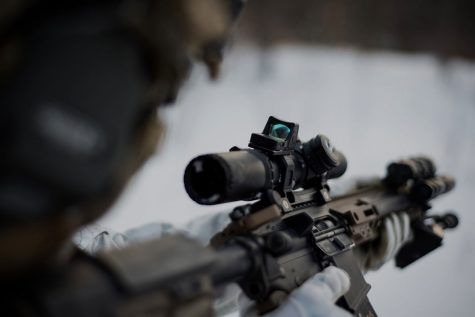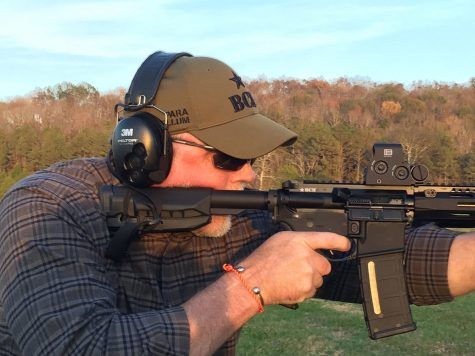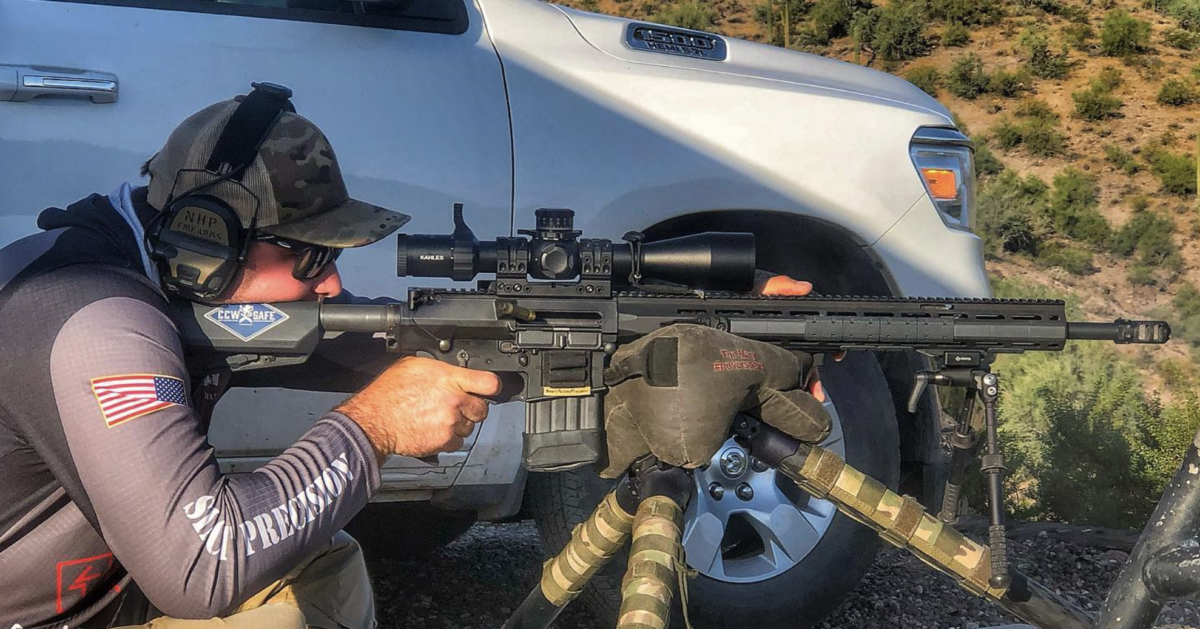
We recently sat down with professional precision shooter Jeremy Tye to learn more about what it takes to get into precision gas gun shooting and advice on precision rifle shooting for beginners. You can view our previous article here on what you need to know about rifles and calibers. In this article, we talk about the accessories you need to get started and the best way to get your foot in the door of the competition world.
Q: Can you talk about what you’re looking for in an optic for precision gas gun shooting?
Jeremy Tye – Before we talk about brands, let’s talk about measurements. Most scopes are either Minute of Angle or Milliradian based. If you are getting into the sport, or if we’re talking precision rifle shooting for beginners, there is zero reason to buy a scope in Minutes. Minutes is from 1950, and we’re in late 2021 (laughs). But, in my experience, everybody who is anybody is shooting in Mils, so buy a Mil scope and make your life easier.
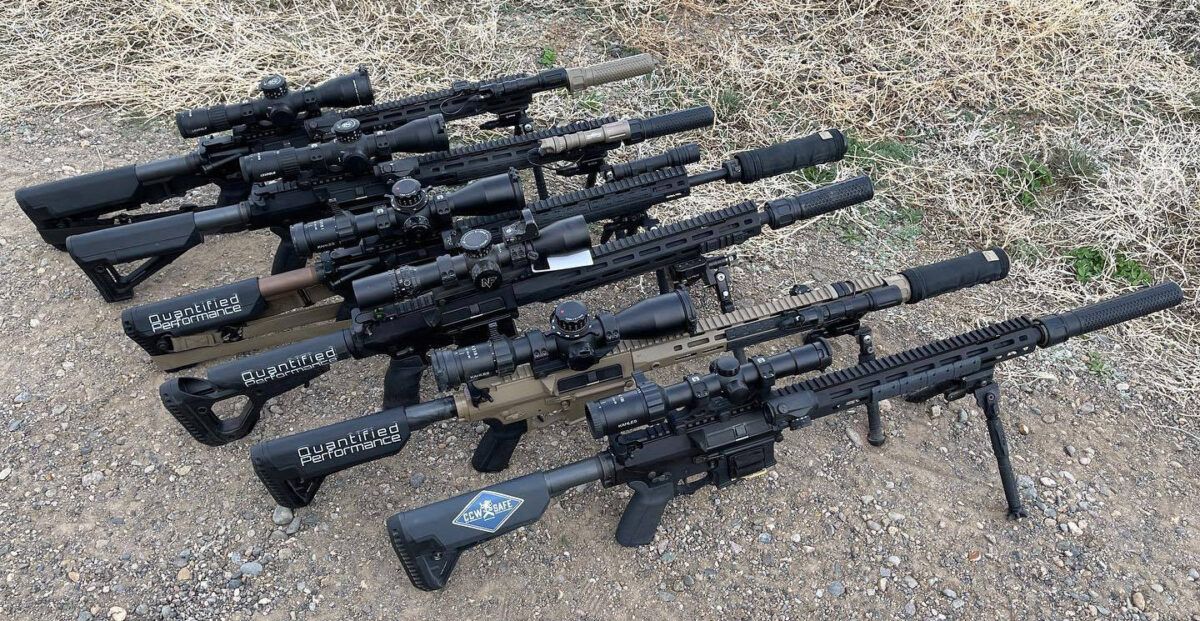
Just about everyone at the events you find yourself at will be shooting in Mils. If you are asking someone for help or if someone is spotting for you, seeing your misses, and trying to talk you onto the target, if that spotter is telling you to come up .6 and come to the left 1.2, if you’re an MOA guy, you have no idea what those numbers mean. Sure, you might know the math shortcuts to get a rough value, but who wants to do that kind of math while they are on the clock, under stress, in front of everyone, trying to perform? Nobody does.
You want to speak the same language as everybody else. It would be like you speaking English, but you’re shooting a match in France, and everyone speaks French. You don’t know what they are saying to you, so you’re probably not going to be very successful.
Also, when you compare Mils to MOA, the math is a little bit easier and faster, and all of the well-known speed shooting formulas that are out there are based in Mils. I don’t know of any that are based in minutes.
So, when I teach DMR/SPR stuff ( I was a full-time firearms instructor for the Las Vegas Metro, and I had a pretty big hand in revamping their Special Purpose Rifle program). When I am teaching those guys how to shoot quickly, the fact is that if they are MOA guys, it’s just not going to work for them, whereas if they are Mil guys, it’s easy for them to do.
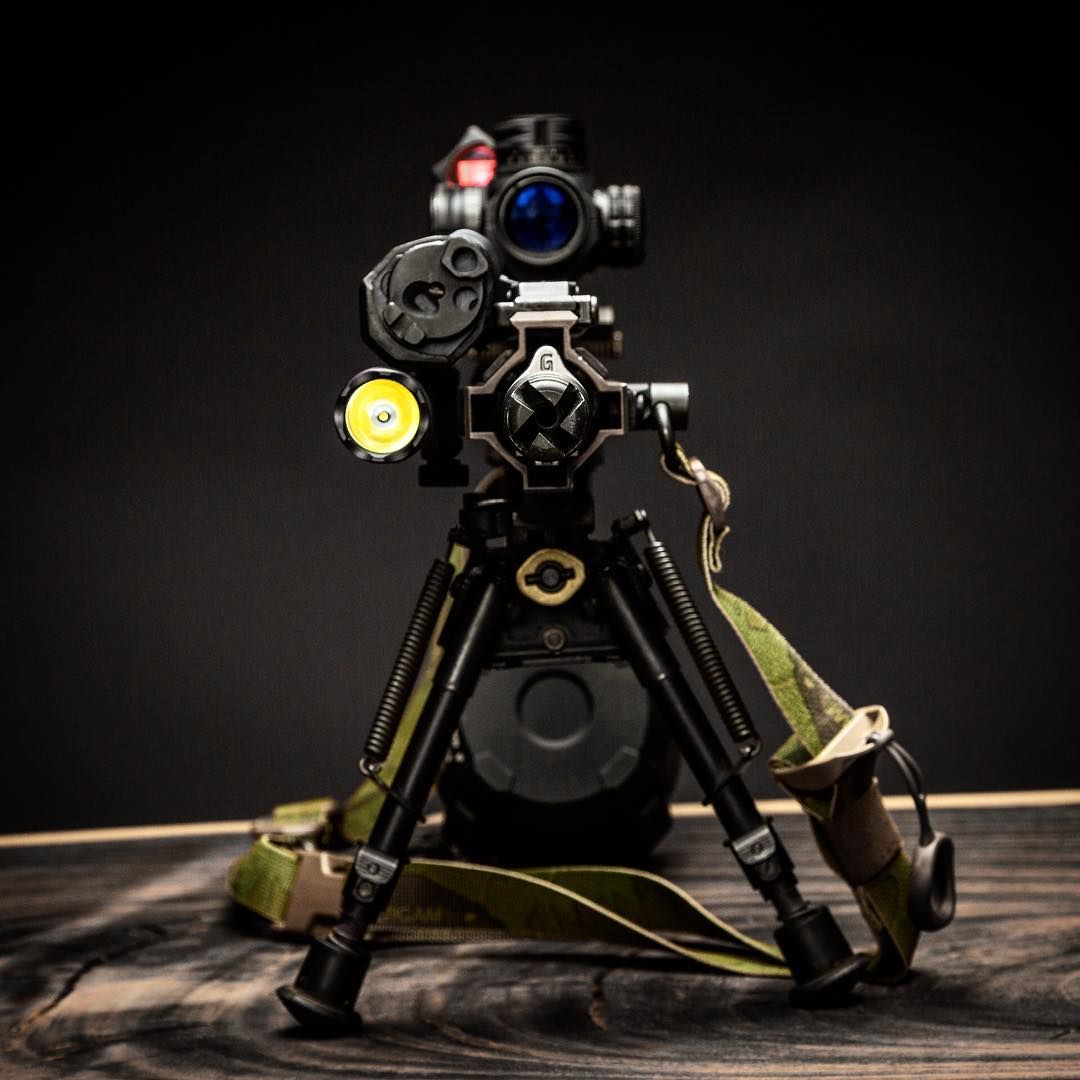
Q: When it comes to precision rifle shooting for beginners, what else about optics do we need to know?
Jeremy Tye – In our last interview, I talked about my choice of rifle, and admittedly, they are pricey. The rifle system is expensive, and you should certainly try to avoid skimping when it comes to a precision large frame rifle. That said, quality optics are also costly. If someone read that first article and is on a set budget, my advice to them would be that they should put more money on the optic than on the gun.
An important lesson regarding precision rifle shooting for beginners is that the scope is where the magic happens. The scope is what causes the most failures in the field and at matches. Therefore, you want to buy the best scope that you can possibly afford while also making sure that you have a gun that will run and meet your precision requirements.
You’re doing good if you’re getting something from the big names – Nightforce, Leopold, Khales, Schmidt + Bender, ZCO, Tangent Theta, Minox, even a higher-end Bushnell scope. You don’t necessarily need to get the highest-end scope from one of those guys, but as long as you get a quality model from them, you’re going to be set.
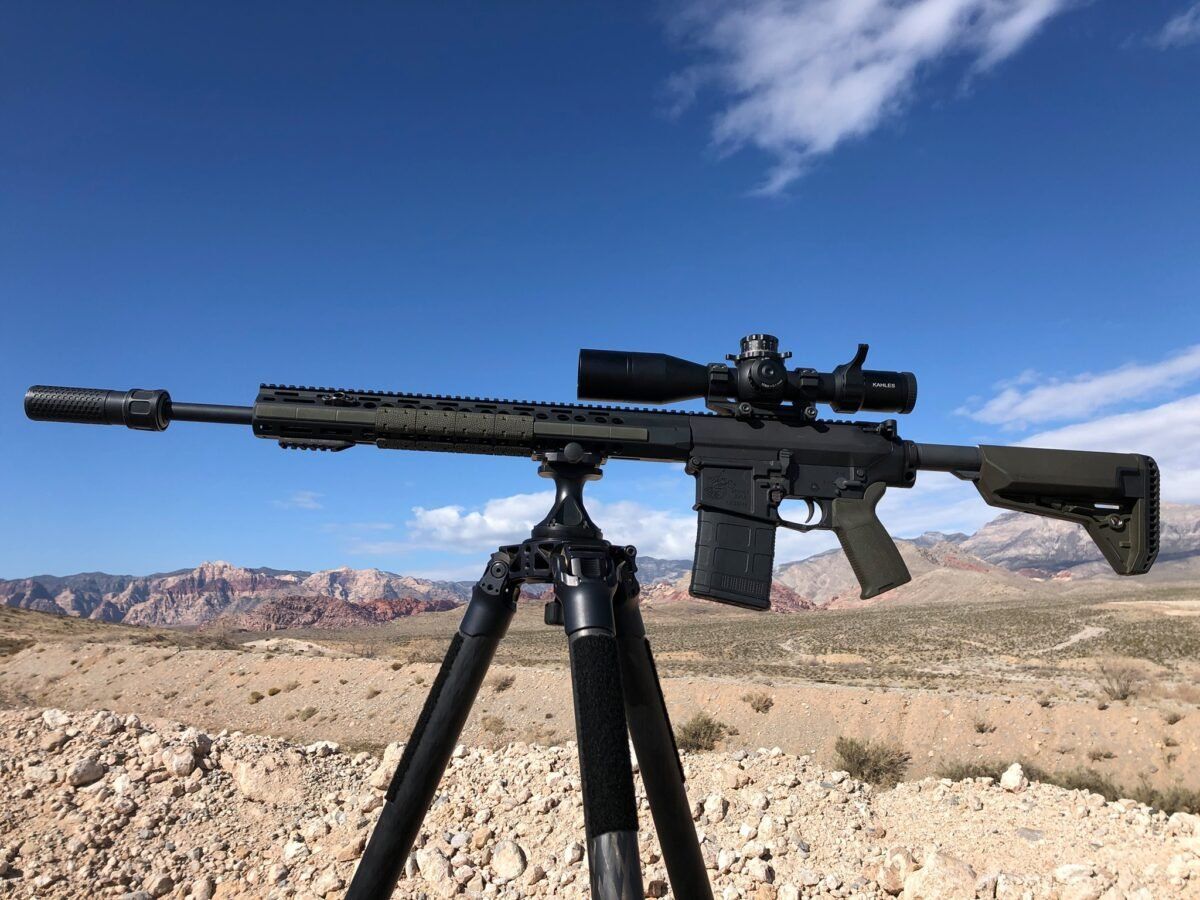
Q: What kinds of things go wrong with a “lesser” scope? I’d imagine this is different from shopping for an LPVO for your go-to carbine.
Jeremy Tye – Something that many people don’t factor into their decision-making process is the turret system inside the scope, the materials that the turret system is made out of, and how precise and repeatable those turrets end up being.
Most people have heard of a box test where you set up a target at 100 yards, and you shoot at a point on the paper, then continue to hold on to that same point while you manipulate the turret, moving the point of impact around on the target while maintaining the same point of aim. People are familiar with that, but most don’t do it the right way.
They’ll set a target up and shoot, then maybe move the turret two Mils up, then two Mils right, then two Mils down, two Mils left, making a 2 Mil by 2 Mil box, ending up where they started. Well, that’s great. You just tested your scope to 2 Mils. However, when you’re shooting these precision rifle matches, you’re going to be running that turret out to 13, 14, maybe 15 Mils of elevation. You could be dialing on 3-4 Mils of wind, depending on the conditions. So, you need to test that scope’s ability to perform throughout the entire adjustment range of the turret, and most people don’t do that.
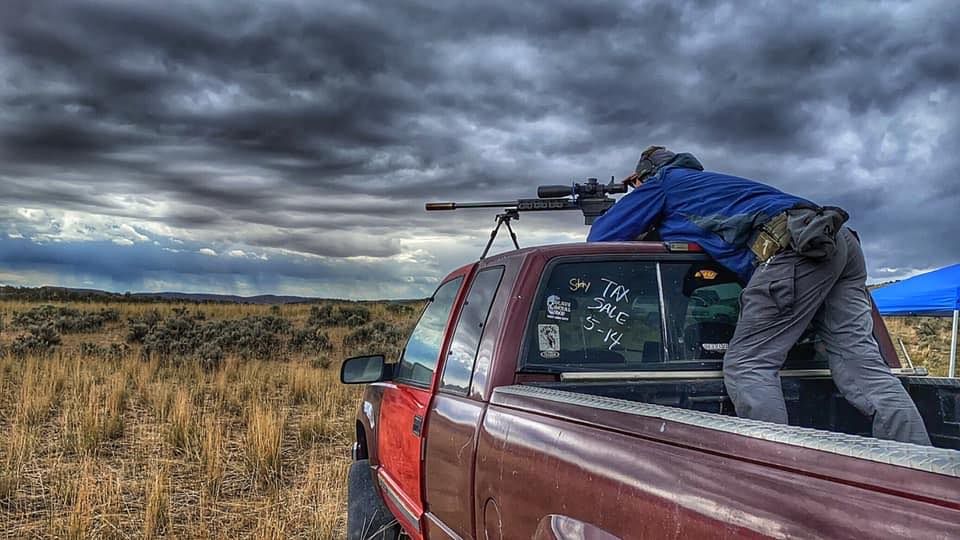
Scopes are manmade, mechanical objects. They are not perfect. So, where most people fail is they don’t really understand that when you turn that turret that says one click equals .1 Mil of adjustment, how do you really know you are getting .1 Mils? The scope was made by man, it’s not perfect. What if you are actually getting .101? Or .099? If you’re just doing a 2 Mil box test at 100 yards, you’re never going to see that, and you’re just going to assume that your turrets are really .1.
Now, imagine me telling you that you need to put 12.5 Mils of elevation onto the gun, and you dial up 12.5. If you have not tested your scope out that far and taken into account the fact that your values genuinely are not .1, then maybe when you dialed 12.5, you actually dialed 12.8 or 12.2. That’s the difference between a hit or a miss at extended distances of 1,400-1,500.
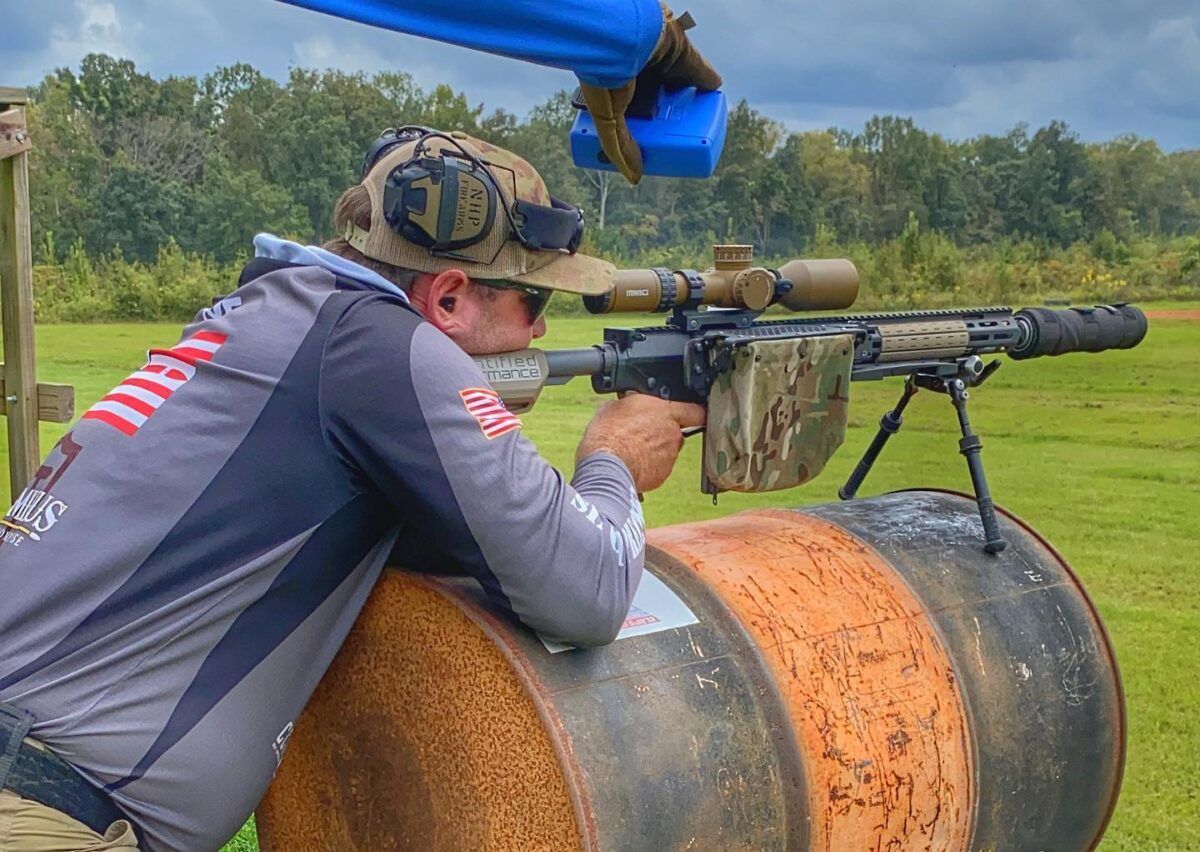
So, now imagine that you’re off. What typically will happen next is that a shooter in this situation begins searching for the solution elsewhere. They may conclude that their dope is wrong, their velocity is incorrect, or their zero has shifted. They ignore the turret and begin searching for the answers in other areas. You can just imagine the time and money you can waste trying to fix a problem that you will never be able to fix because you are not looking in the right spot.
When you buy a scope from a major manufacturer, especially the higher-end models, you’re buying confidence that your scope is doing exactly what you are asking it to do. Frank Galli from Snipershide.com tracks all of the scopes that he sees as he is going across the country training guys to shoot precision rifle. You can see that, yeah, the higher-end scopes might be off by a hundredth here and there, but once you know that it’s off, you just put that adjustment into your ballistic calculator and that squares everything up.
But for lower-end scopes, some of them are off by significant margins, and again, that can be the difference between a hit or a miss downrange. So, when we talk about precision rifle shooting for beginners, that’s the biggest reason to buy a better scope, because you are buying the true mechanical capabilities. Meaning that what the scope tells you it’s doing, is what it is actually doing.
Q: Other than a good optic. What else do we need to begin, other than skills and training?
Jeremy Tye – Again, for precision rifle shooting for beginners, you need a capable rifle and a good scope. You also need a good set of rings or a good scope mount. Consider the scope mount to be like the tires on your car. It’s the only thing connecting your optics to your rifle, so you need to get a good mount.
Once you get the gun built, one thing you absolutely need to get your foot in the door is a good bipod. Don’t buy a cheap piece of shit off of Amazon because those break after about ten rounds. The Harris bipod is like the entry-level. The Atlas is good. The Ckye-Pod from MDT is really good. Just make sure you get a good one.
You also need to make sure to get a good bag. I like to get a bag that can do multiple things. I shoot for Cole-Tac, and I use the Tricorne bag, and it’s my favorite bag. There are other bags out there, like the Game Changer by Armageddon Gear, the Fortune Cookie from WieBad, and others. Whatever you choose, you need a bag. You’re not just going to be using the bag under the stock as a rest. You’re going to be using it to actually support the entire rifle off of barricades, props, and natural terrain when you go to shoot your match.
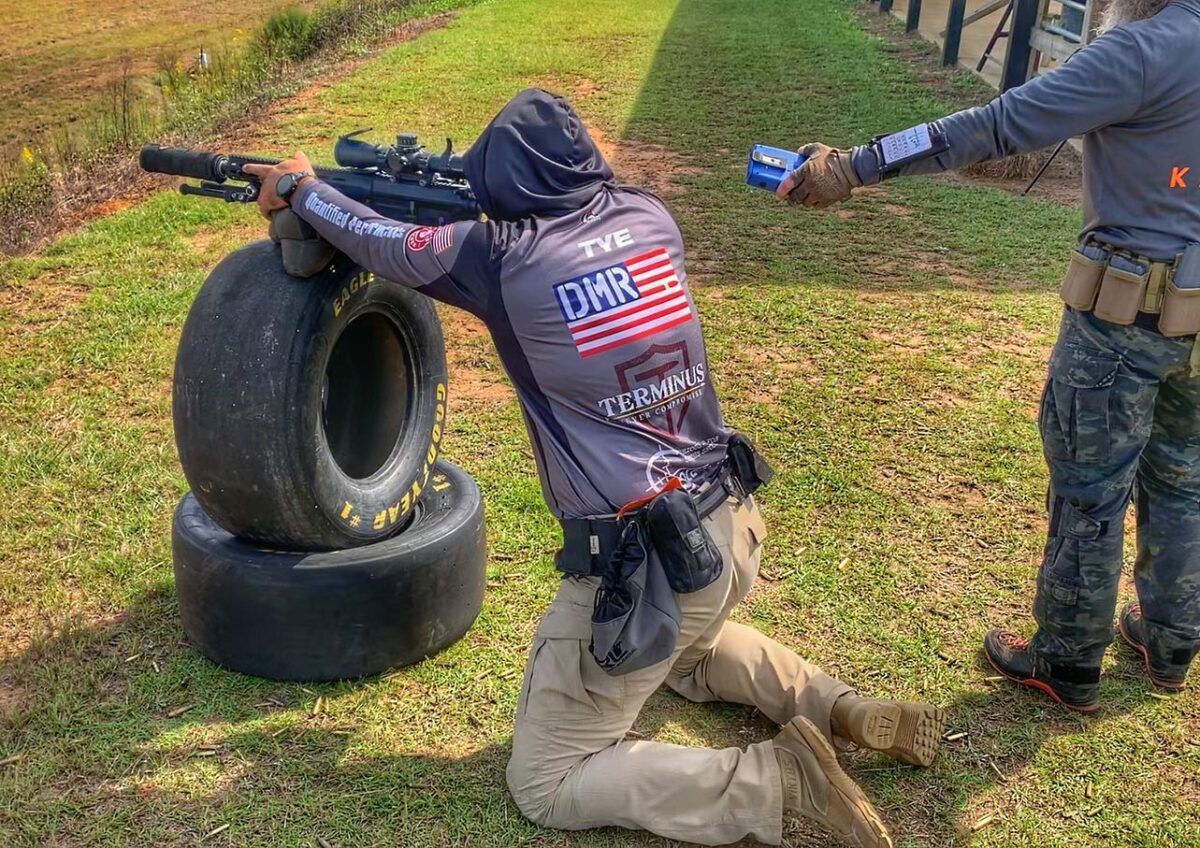
Outside of that, the only thing that I would say is required for precision rifle shooting for beginners is to have a Kestrel. You don’t necessarily need the high-end 5700 Elite Kestrel that has the ballistics software built into it. You can run the ballistics software on your phone, but you have to have some sort of tool to measure the environment where you are shooting. That has a huge impact on what your bullet is going to do downrange.
If you don’t know the environment that you are shooting in, you are basically just throwing guesses out there. So a small investment on the front end with a Kestrel will save you a huge amount of money on the back end because you know your bullets are going to do what you are expecting them to do.
Once you have these things, the next thing you need to do is just go out and go to a match. That’s the quickest way to get into it. When you go to a match, you need to have a few things. Number one, you need to have a good zero. If you don’t have a solid zero, again, you are just throwing guesses downrange.
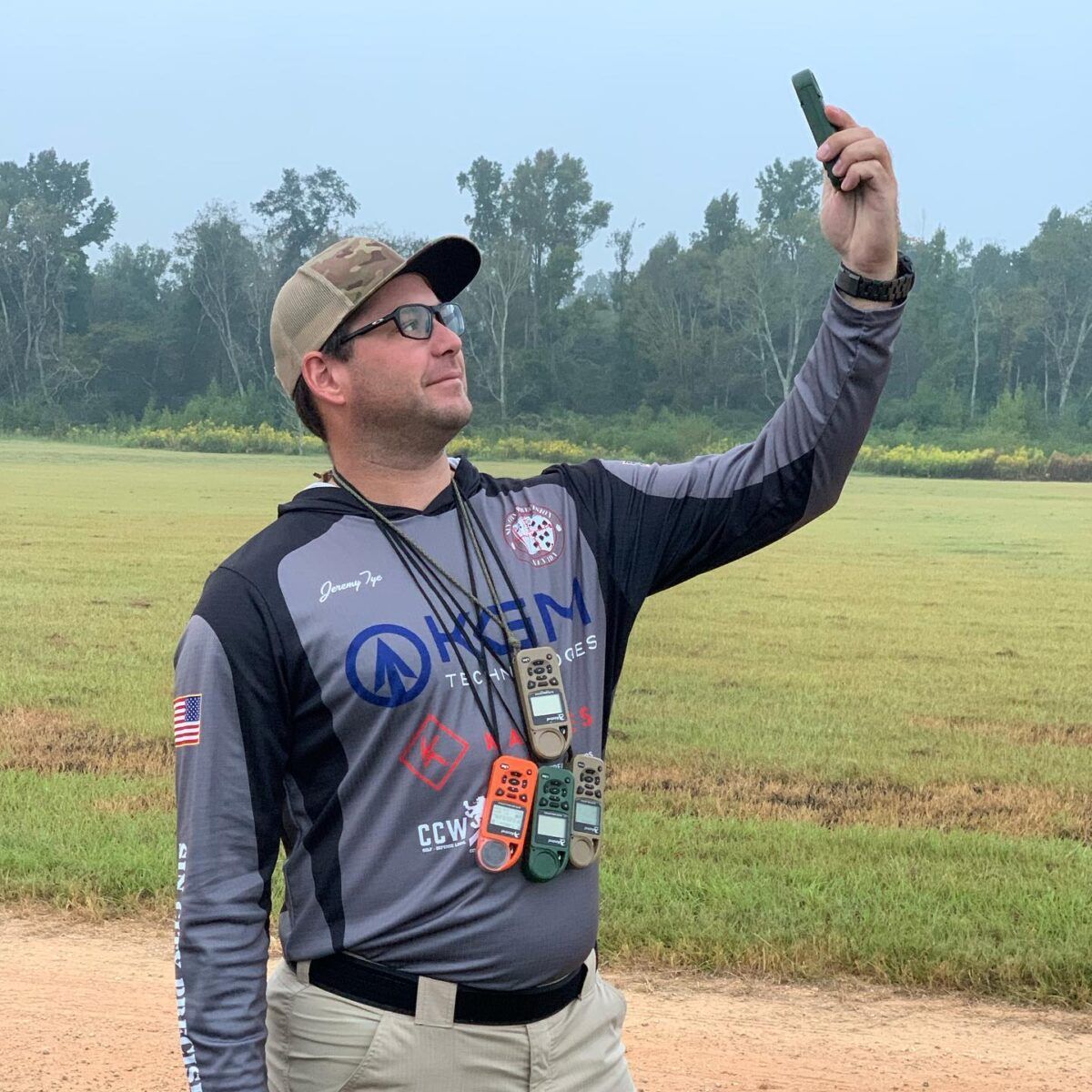
Q: Let’s say I don’t have the rifle of my dreams just yet. What’s the least gun I can get away with to start out?
Jeremy Tye – The rifle you bring should ideally be capable of ¾ of Minute of Angle or less. However, if you are just starting out and all you have is a rifle capable of a Minute or a Minute and a half, well, bring that rifle. As long as you have a good zero, we can work with that.
Another thing you need to have is a good muzzle velocity. I recommend that you have a good chronograph, but if you are just starting out, you don’t necessarily need one as long as you know somebody who has one that you can borrow for a minute.
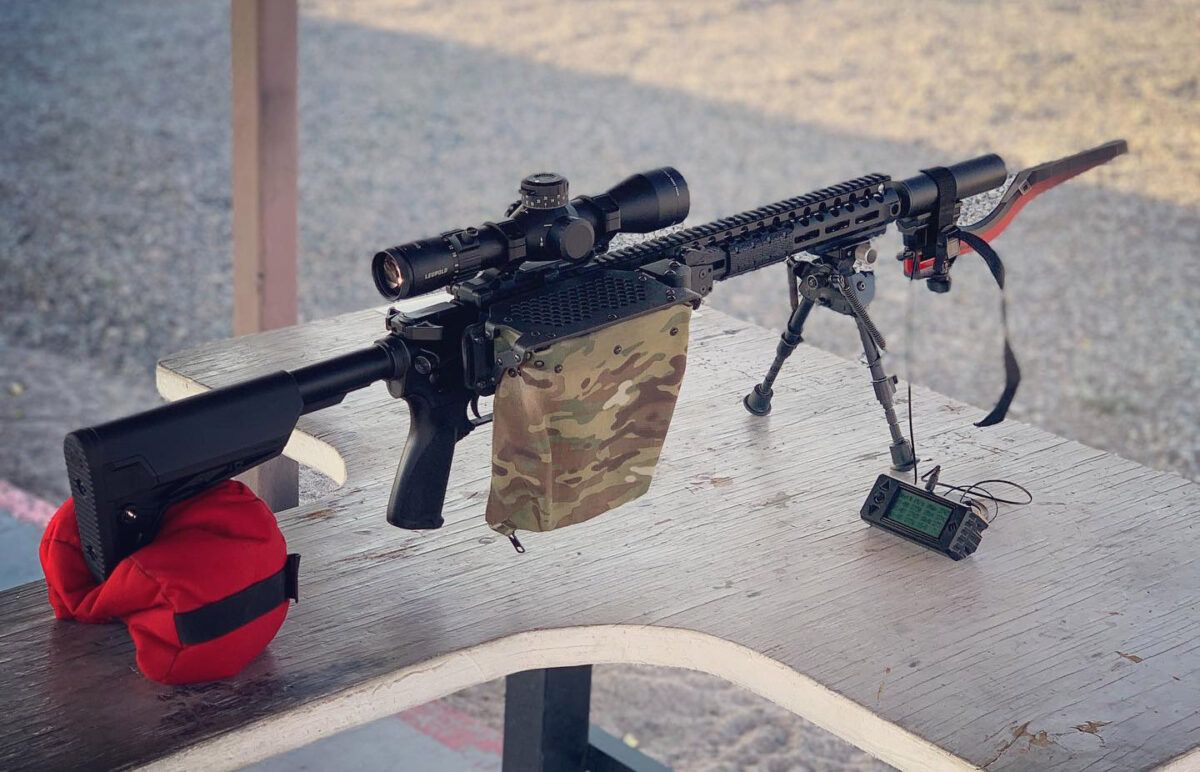
Q: Moving on, what other things do we need to know? How to get involved is a big one I think…
Jeremy Tye – Finally, for precision rifle shooting for beginners, it will be beneficial to understand how your ballistics program works. If you have all of that, then just get yourself to a match. If you’ve never been to one before, then there’s no way for you to know what it means to practice. If you’re not practicing with a purpose, then you’re wasting money downrange.
Once you’re there at your first match, understand that you’re probably not going to win…for most people, when they show up, they finish down near the bottom because they’ve never done it before. It is what it is. My advice is to go there with a good attitude, an open mind, and be willing to accept advice, knowledge, information, and suggestions from other people there who have experience. If you go into a match with the right attitude and bring some basic, functional equipment, you’re going to learn more at that match in 4-5 hours than you would learn at a 3-4 day rifle class.
I tell my cops, that shooting a match is like shooting a class, on steroids, times 100. You get so much more information that is tailored specifically to you…Plus, everything that is coming to you is things that you don’t know. All of the advice and questions answered are specific to you.
You won’t get the reps that you’d get at a class, obviously, but you’re going to figure out what you need to rep on your own in practice after the match. You won’t shoot as much on the front end, but you’re going to know exactly what you need to shoot on the back end, as far as practice. The value of a match is just tremendous, so please, get out there, and give it a try. It’s something that is so much fun, and if you’re anything like me, you’ll be hooked.
###



